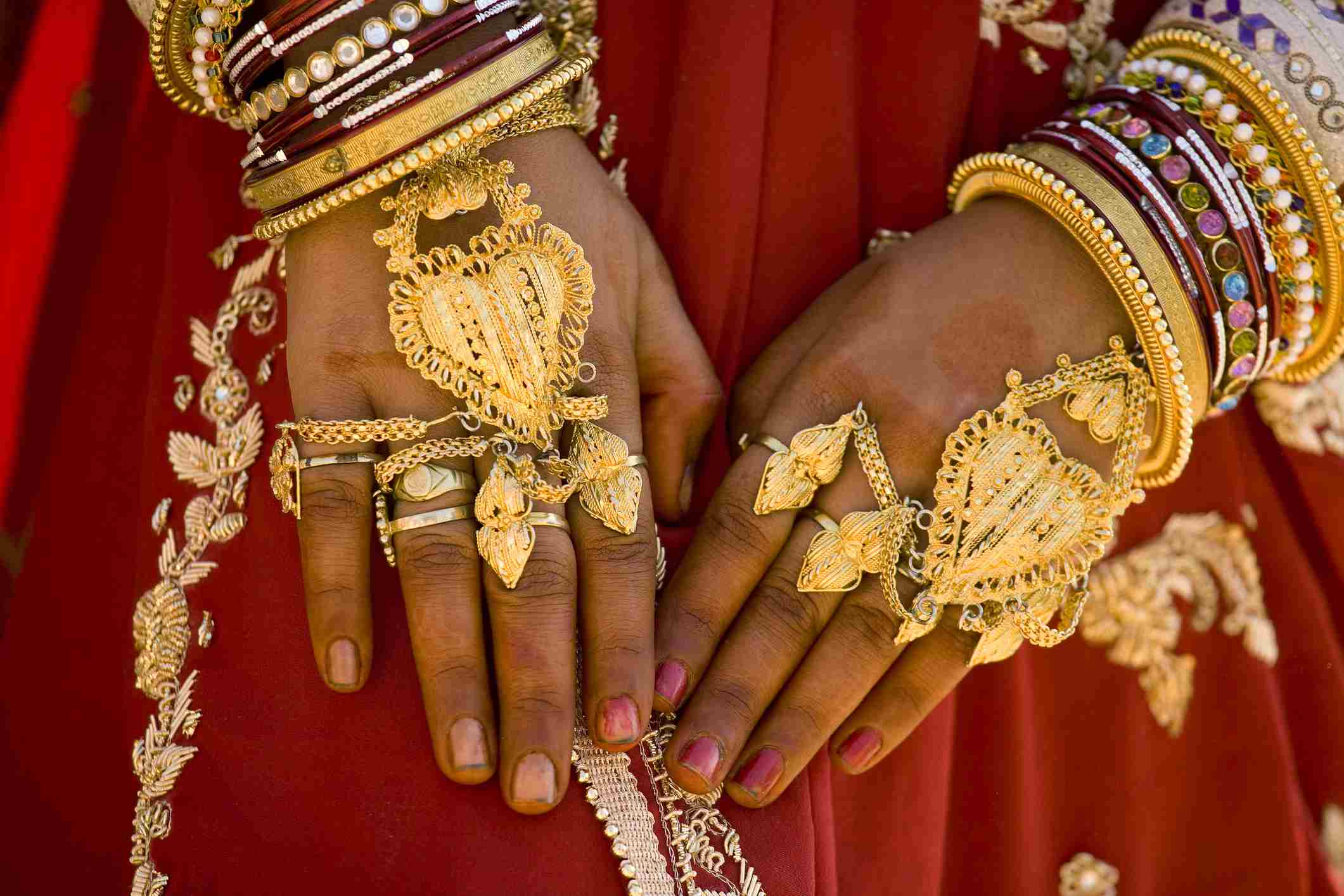Shopping Bag
No products in the cart.

Gold jewellery is one of the oldest and most universal forms of adornment in human history. It has been used to express wealth, status, beauty, and spirituality in various cultures and civilizations across the world. In this article, we will explore the history and meaning of gold jewellery in different cultures, and how it reflects their values, beliefs, and traditions.
Ancient Egypt was one of the first civilizations to use gold extensively for jewellery and other purposes. The Egyptians believed that gold was the flesh of the sun god Ra, and that it had divine and magical properties. They used gold to make jewellery for the living and the dead, as well as for religious and ceremonial objects. Gold jewellery was worn by the pharaohs, the nobility, and the priests, as well as by the common people. The jewellery designs were intricate and elaborate, featuring motifs such as scarabs, lotus flowers, ankhs, and eyes of Horus. The jewellery also incorporated precious stones such as turquoise, lapis lazuli, carnelian, and amethyst. Gold jewellery was a symbol of power, status, and eternal life in ancient Egypt.

Ancient India was another civilization that valued gold highly and used it for jewellery and other purposes. Gold was considered to be a sacred metal that represented the sun, fire, and purity. It was also associated with the goddess Lakshmi, the deity of wealth and prosperity. Gold jewellery was worn by the kings, the queens, and the aristocracy, as well as by the common people. The jewellery designs were diverse and varied, reflecting the different regions, cultures, and religions of India. Some of the common jewellery items were necklaces, earrings, bangles, rings, and nose rings. The jewellery also featured intricate patterns, floral motifs, and animal shapes. Gold jewellery was a symbol of beauty, elegance, and auspiciousness in ancient India.

Ancient China was another civilization that used gold for jewellery and other purposes. Gold was considered to be a rare and precious metal that represented the yang, the masculine principle of the universe. It was also associated with the dragon, the emperor, and the imperial court. Gold jewellery was worn by the emperors, the empresses, and the nobility, as well as by the common people. The jewellery designs were delicate and refined, featuring motifs such as dragons, phoenixes, flowers, and clouds. The jewellery also incorporated jade, pearls, coral, and other gemstones. Gold jewellery was a symbol of royalty, dignity, and harmony in ancient China.

Ancient Greece and Rome were civilizations that used gold for jewellery and other purposes. Gold was considered to be a noble and valuable metal that represented the sun, the gods, and the heroes. It was also associated with the arts, the sciences, and the philosophy. Gold jewellery was worn by the rulers, the warriors, and the scholars, as well as by the common people. The jewellery designs were simple and elegant, featuring motifs such as laurel wreaths, olive branches, grapes, and dolphins. The jewellery also incorporated pearls, coral, amber, and glass. Gold jewellery was a symbol of wisdom, glory, and culture in ancient Greece and Rome.

The Middle East is a region that has a long and rich history of gold jewellery and other purposes. Gold was considered to be a sacred and divine metal that represented the moon, the stars, and the heavens. It was also associated with the prophets, the angels, and the holy scriptures. Gold jewellery was worn by the caliphs, the sultans, and the sheikhs, as well as by the common people. The jewellery designs were complex and ornate, featuring motifs such as geometric patterns, arabesques, and calligraphy. The jewellery also incorporated turquoise, coral, ruby, and emerald. Gold jewellery was a symbol of faith, spirituality, and generosity in the Middle East.
Africa is a continent that has a diverse and vibrant history of gold jewellery and other purposes. Gold was considered to be a powerful and mystical metal that represented the sun, the earth, and the ancestors. It was also associated with the kings, the queens, and the chiefs. Gold jewellery was worn by the rulers, the warriors, and the priests, as well as by the common people. The jewellery designs were bold and expressive, featuring motifs such as masks, animals, and symbols. The jewellery also incorporated ivory, bone, wood, and beads. Gold jewellery was a symbol of strength, identity, and heritage in Africa.

In conclusion, gold jewellery has been a universal form of adornment that has reflected the history and culture of different civilizations and regions. It has been used to express various meanings and values, such as wealth, status, beauty, spirituality, power, wisdom, and culture. Gold jewellery has been a cherished and valuable asset in many cultures, and continues to be so today.
What' s inside? Exclusive sales, new arrivals & much more.
harshil
Keep up the great work! Thank you so much for sharing a great posts.